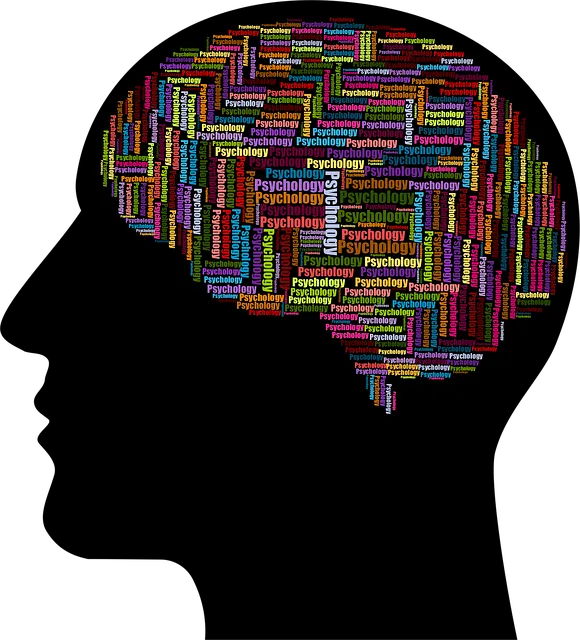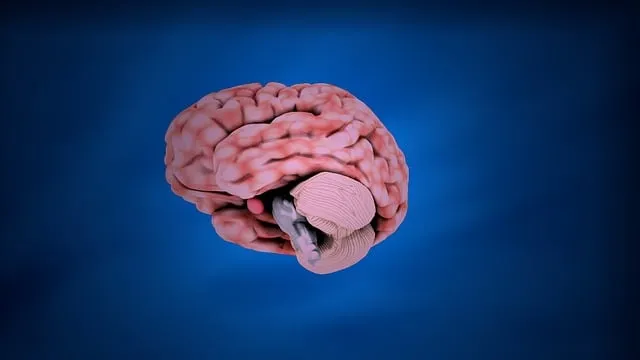The Golden Kaiser Permanente mental health facility employs a holistic, multifaceted approach to evaluate its programs, combining quantitative data (patient satisfaction rates, clinical outcomes) with qualitative feedback from patients, healthcare providers, and community stakeholders. This strategy aligns with Mental Health Policy Analysis and Advocacy principles, aiming to foster mental well-being through early intervention and sustainable recovery. Their commitment to diverse perspectives enhances Mental Health Awareness, enabling continuous program improvements tailored to the evolving needs of the community. The facility tracks key metrics like emotional regulation, stress management, and coping skills, achieving significant outcomes such as reduced anxiety/depression symptoms and improved quality of life. Future plans include exploring innovative practices and technologies for continued leadership in mental health care.
Mental wellness program evaluations are crucial for understanding and enhancing their impact. This article explores the comprehensive approach of the Golden Kaiser Permanente Mental Health Facility, a leading model in the industry. We delve into their key evaluation methods, focusing on metrics that measure success and foster continuous improvement. By examining these strategies, we provide insights into best practices for assessing and optimizing mental health programs, inspired by Golden Kaiser Permanente’s innovative approach.
- Understanding Golden Kaiser Permanente Mental Health Facility's Approach
- Key Evaluation Methods Used in Program Assessment
- Measuring Success: Metrics and Outcomes to Consider
- Continuous Improvement: Feedback Loops and Future Directions
Understanding Golden Kaiser Permanente Mental Health Facility's Approach

The Golden Kaiser Permanente mental health facility takes a holistic approach to evaluating its programs, focusing on both individual patient outcomes and broader community impact. They utilize a multi-faceted methodology that integrates quantitative data analysis with qualitative feedback mechanisms. This involves tracking key performance indicators (KPIs) such as patient satisfaction rates, clinical outcome measures, and the number of individuals reached through outreach initiatives. Alongside these metrics, the facility prioritizes collecting patient narratives, feedback from healthcare providers, and insights from community stakeholders to gain a nuanced understanding of program effectiveness.
This comprehensive strategy aligns with the principles of Mental Health Policy Analysis and Advocacy, ensuring that interventions are evidence-based and tailored to the unique needs of the population served. By incorporating Mental Health Education Programs Design elements, the facility aims to foster a culture of mental well-being within the community, promoting early intervention and sustainable recovery. The commitment to gathering diverse perspectives contributes to an enhanced Mental Health Awareness, enabling continuous program improvement and ensuring that services remain responsive to evolving community needs.
Key Evaluation Methods Used in Program Assessment

When evaluating mental wellness programs, a multifaceted approach is essential to gauge their effectiveness. The Golden Kaiser Permanente mental health facility, for instance, employs a blend of quantitative and qualitative methods for comprehensive program assessment. Surveys and questionnaires are distributed to participants to measure changes in symptoms, satisfaction levels, and overall well-being, providing hard data for analysis.
Complementing these metrics, individual interviews and focus groups offer deeper insights into personal experiences and perceptions. This qualitative data shines a light on the impact of specific interventions, such as Mood Management strategies or Mental Illness Stigma Reduction Efforts, and even assesses the healthcare provider’s cultural competency training. By integrating both approaches, the facility ensures that program evaluation is nuanced, addressing both objective improvements and subjective individual journeys towards better mental health.
Measuring Success: Metrics and Outcomes to Consider

Measuring success is a critical aspect of evaluating any mental wellness program, particularly at renowned facilities like the Golden Kaiser Permanente mental health facility. When assessing the effectiveness of these programs, several key metrics and outcomes come into play. One essential measure is participant satisfaction, which can be gauged through surveys and feedback forms, providing insights into their overall experience and perceived benefits.
Additionally, tracking improvements in specific areas such as emotional regulation, stress management, and coping skills can demonstrate the program’s impact. The development of Mental Wellness Coaching Programs often includes trauma support services tailored to individual needs. Outcomes like reduced symptoms of anxiety or depression, improved quality of life, and enhanced overall mental resilience are significant indicators of a successful program. These metrics ensure that the Golden Kaiser Permanente mental health facility continues to deliver transformative experiences, fostering emotional well-being among its clientele.
Continuous Improvement: Feedback Loops and Future Directions

At the Golden Kaiser Permanente mental health facility, continuous improvement is a cornerstone of their approach to patient care. Feedback loops are established to ensure that services and programs evolve based on client outcomes and satisfaction. By actively gathering and analyzing data, the facility can identify areas for enhancement and implement evidence-based strategies, such as Mindfulness Meditation techniques, to support Emotional Regulation and Self-Esteem Improvement. This dynamic process allows for tailored interventions and fosters a culture of resilience among patients.
Looking ahead, future directions for program evaluation may include exploring innovative practices and technologies that augment traditional therapy methods. As the mental health landscape evolves, staying at the forefront requires adaptability and a commitment to integrating effective strategies. By continuously refining their evaluation methods, the Golden Kaiser Permanente mental health facility aims to provide optimal care, ensuring that patients receive the most up-to-date and impactful support for their journey towards wellness.
The evaluation of mental wellness programs, such as those at Golden Kaiser Permanente facilities, is a multifaceted process that involves assessing various key components. By employing comprehensive methods that measure both qualitative and quantitative outcomes, organizations like Golden Kaiser Permanente can ensure their programs are effective and adaptable to the evolving needs of their clients. Continuous improvement through feedback loops not only enhances service quality but also positions these mental health facilities as leaders in innovative care practices within the industry.






